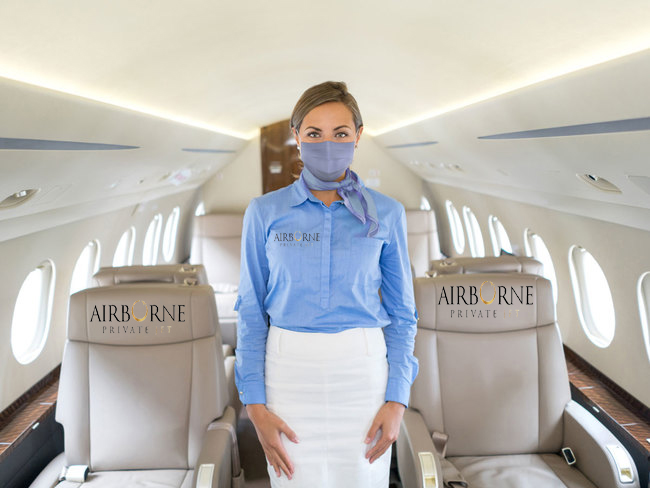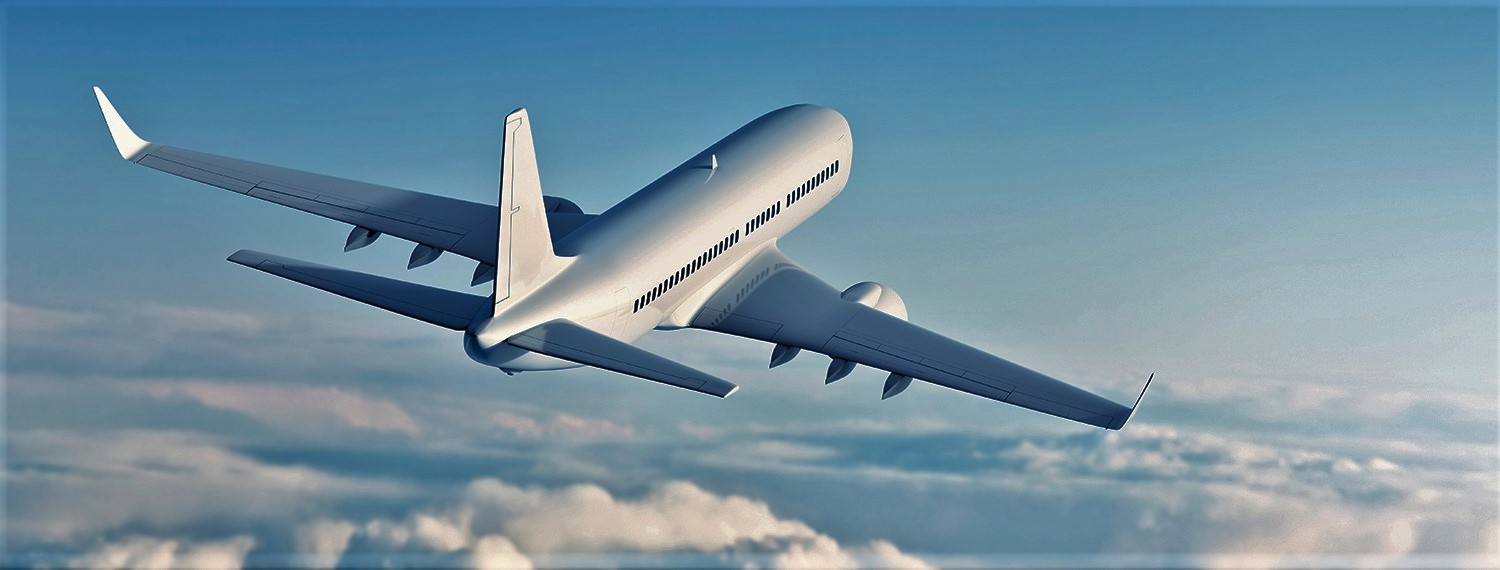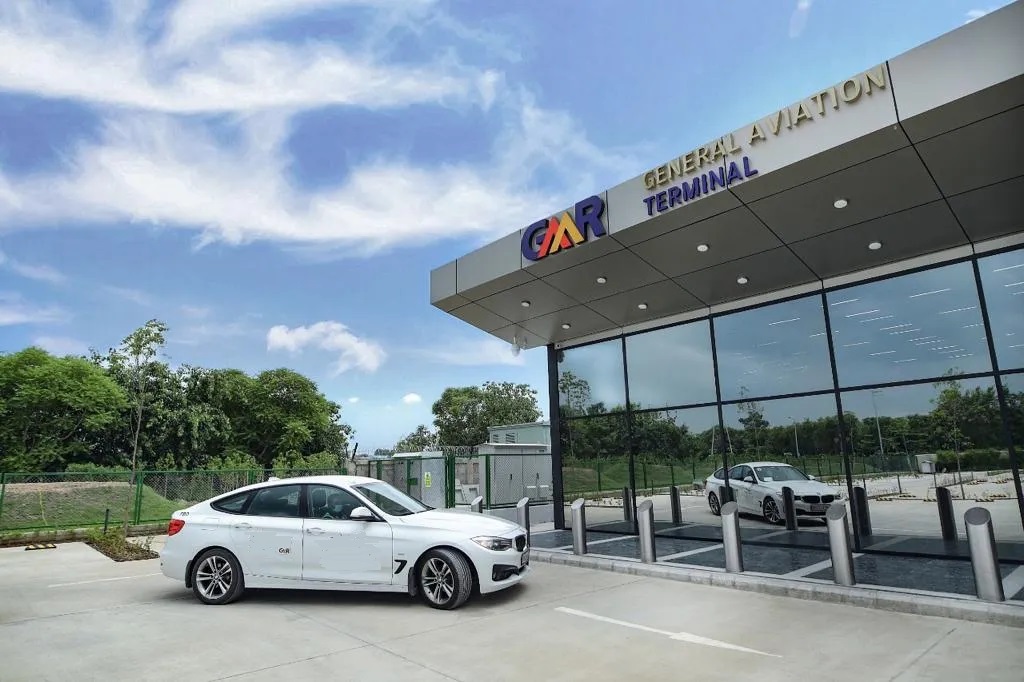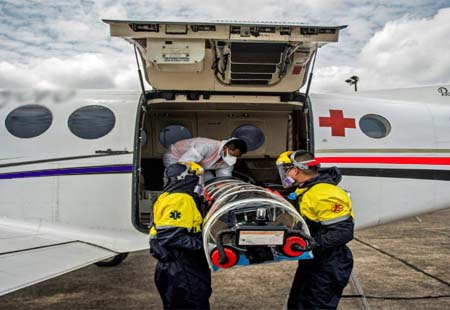Safest Air Travel During HMPV Virus Outbreak

Safest Air Travel During HMPV Virus Outbreak
Air travel has always been a crucial mode of transportation, but during a health crisis such as an HMPV virus outbreak, ensuring safety while flying becomes paramount. With increasing concerns over airborne diseases, travelers must adopt stringent precautionary measures to minimize risks and ensure a secure journey. This comprehensive guide will help passengers, airlines, and airport authorities implement best practices for safe air travel during the HMPV virus outbreak.
Understanding the HMPV Virus and Its Impact on Air Travel
Human Metapneumovirus (HMPV) is a respiratory virus that affects individuals of all ages, causing symptoms similar to influenza or COVID-19. Transmission occurs through respiratory droplets, making confined spaces like airplanes particularly susceptible to outbreaks. Travelers must remain aware of potential exposure risks and adhere to necessary safety protocols to prevent infection.
Pre-Flight Precautions: Ensuring Safety Before Boarding
1. Choosing Airlines with Strict Health Protocols
Selecting an airline that follows rigorous health and sanitization protocols is crucial. Airlines implementing frequent disinfection, HEPA air filtration systems, and strict mask policies provide a safer environment for passengers.
2. Booking Non-Crowded Flights
Opt for flights that offer reduced passenger capacity or book seats in less crowded areas of the aircraft. Red-eye flights and off-peak hours typically have fewer travelers, reducing exposure risk.
3. Digital Check-Ins and Contactless Procedures
Most airlines provide contactless check-in services, reducing the need for physical contact at the airport. Passengers should use mobile boarding passes and automated kiosks to minimize interactions with surfaces and personnel.
4. Pre-Flight Health Screening and Documentation
Some countries require travelers to present health certificates or undergo COVID-19 and HMPV screenings before departure. It is vital to check airline and destination-specific requirements to avoid last-minute complications.
At the Airport: Minimizing Exposure Risks
1. Wearing Protective Masks and Face Shields
High-quality masks such as N95 or KN95 provide superior protection against airborne particles. Face shields offer an additional layer of safety, especially in crowded terminals.
2. Maintaining Social Distancing in Terminals
Airports often have high foot traffic, increasing the likelihood of viral transmission. Travelers should maintain a minimum distance of six feet from others, especially in security lines and waiting areas.
3. Frequent Hand Hygiene and Sanitization
Carrying alcohol-based hand sanitizers and disinfectant wipes is essential. Travelers should clean their hands before and after touching common surfaces, including kiosks, security bins, and restroom facilities.
4. Using Lounge Access for Safer Waiting Areas
Airport lounges generally have fewer people and better ventilation than general waiting areas. Many lounges also implement enhanced cleaning protocols, making them a safer alternative.
On-Board Safety Measures: Protecting Yourself During the Flight
1. Selecting the Right Seat for Maximum Safety
Studies suggest that window seats offer the least exposure to airborne viruses due to limited proximity to aisle traffic. Avoid sitting near restrooms, where frequent movement increases the risk of transmission.
2. Wearing a Mask Throughout the Flight
Passengers should keep their masks on at all times, except when eating or drinking. Using a double mask or a mask with a filter provides additional security in confined spaces.
3. Ventilation and Air Circulation Strategies
Most modern aircraft are equipped with HEPA filters, which capture 99.97% of airborne pathogens. Passengers should keep their overhead air vents open to promote constant airflow, directing air away from their face.
4. Minimizing Contact with Common Surfaces
Avoid unnecessary contact with seat pockets, tray tables, and touchscreens. Use disinfectant wipes to sanitize surfaces before use and avoid placing personal belongings directly on seats or trays.
5. Carrying Essential Hygiene Supplies
Passengers should bring their own sanitizing wipes, gloves, and tissues to maintain personal hygiene throughout the flight. Disinfecting hands before eating and after touching high-contact surfaces reduces infection risk.
Post-Flight Precautions: Staying Safe After Arrival
1. Exiting the Aircraft in an Orderly Manner
Passengers should practice social distancing while deplaning, avoiding crowding near aisles and exit rows. Waiting for a clear pathway ensures safer movement.
2. Baggage Claim Safety Tips
Avoid crowding at baggage carousels by maintaining distance from others. Disinfect luggage handles and wash hands immediately after handling checked bags.
3. Monitoring for Symptoms After Travel
Travelers should self-monitor for any respiratory symptoms for at least 14 days post-flight. If symptoms such as cough, fever, or difficulty breathing appear, seeking medical advice is recommended.
4. Following Quarantine Guidelines (If Required)
Some destinations may require incoming travelers to quarantine or undergo further testing. Adhering to local health regulations ensures the safety of both the traveler and the community.
Benefits of Opting for Airborne Private Jet Services and Air Ambulance Services
1. Reduced Exposure to Crowds
Private jet services minimize exposure to large groups, offering a safer and more controlled environment.
2. Personalized Safety Protocols
Private flights allow for customized sanitization measures, social distancing, and enhanced health screenings.
3. Faster and More Direct Travel
With fewer layovers and direct routes, airborne private jets reduce travel time and lower the risk of exposure.
4. Emergency Medical Transport
Air ambulance services provide immediate medical assistance for travelers requiring urgent healthcare, ensuring safe and efficient medical evacuations.
Conclusion: Prioritizing Safety in Air Travel During HMPV Outbreaks
Safe air travel during an HMPV virus outbreak demands a combination of personal responsibility, airline safety measures, and adherence to health protocols. By implementing pre-flight, in-flight, and post-flight precautions, passengers can significantly reduce their risk of exposure and ensure a safer travel experience.








